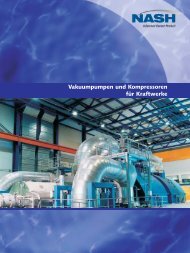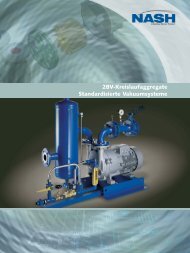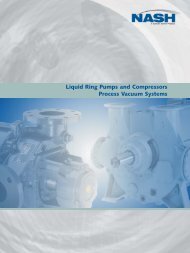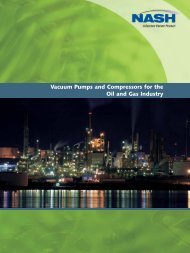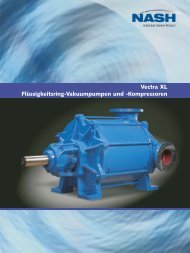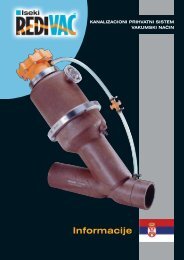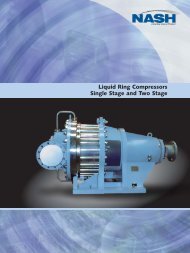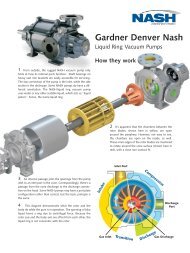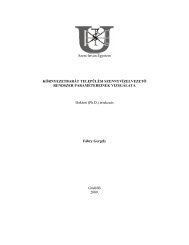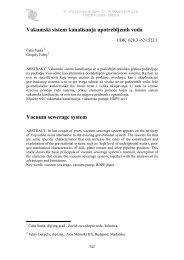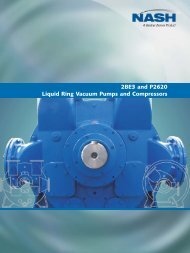introduction
introduction
introduction
Create successful ePaper yourself
Turn your PDF publications into a flip-book with our unique Google optimized e-Paper software.
SECTION 9<br />
FREQUENTLY ASKED QUESTIONS<br />
This section raises some of the most frequently asked questions that are asked of Iseki RediVac’s<br />
engineers. They have been divided into broad categories to assist the reader in identifying<br />
questions of a particular nature.<br />
One such question is ‘In what situations may a vacuum system be used?’<br />
Vacuum systems have been used in a great variety of locations and operational requirements. In<br />
the UK many systems are used to provide first time sewerage schemes for communities that, due<br />
perhaps to poor ground conditions or difficult topography, are uneconomical to sewer by<br />
conventional means.<br />
Additionally, the flexibility of the system has led to its use in many different applications such as<br />
Wimbledon Tennis Club, to drain water from the roofs at Centre Court and No. 1 Court, and in<br />
Malaysia to sewer communities of 20,000 inhabitants.<br />
Attached is a list of vacuum systems installed over the last fifteen years or so, which will give an<br />
indication of the number and variety of applications.<br />
It is worth noting that internationally recognised consultants such as Halcrow, Parsons, Watsons,<br />
Acers, Dames and Moore, Babtie, WSAtkins, Khatib & Alami, Haswell and many others have<br />
worked with the Iseki RediVac vacuum technology and are actively studying further applications.<br />
Construction<br />
1. What size of trench is required for a vacuum sewer?<br />
In general, the width of the trench will be dictated by the construction method employed. For<br />
example, if a trenching machine is available and the ground conditions allow, the trench may be<br />
only 100mm wider than the pipe diameter. Back hole excavated trenches are typically 450mm in<br />
width.<br />
It would, of course, be necessary to increase the width when using a trenching machine where<br />
man entry is required to make joints.<br />
2. What depth of trench is needed?<br />
Usual practice demands the pipe cover to be approximately 900mm under normal traffic load<br />
conditions (to withstand wheel loadings), and about 500mm to 700mm under walkways etc.<br />
3. What bed and surround material is used?<br />
This will be dependent upon the local codes for the pipe material used. Typically in the UK, for<br />
example, a bed of 100mm of granular fill with a cover to the crown of the pipe of a further 150mm<br />
of granular material. However, the vacuum main does not require any different bedding to be<br />
used than for a water main in a similar pipe material.<br />
4. Is the use of marker/tracer tapes recommended with vacuum sewers?<br />
Yes, this is good practice.<br />
31



